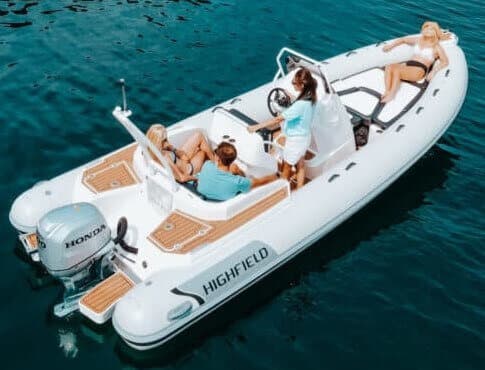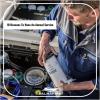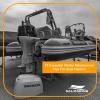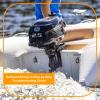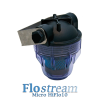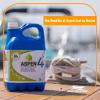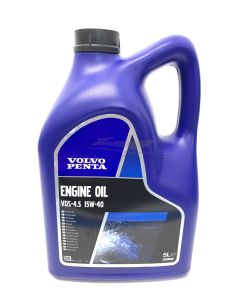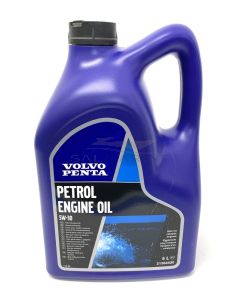Winterizing Your Inboard Boat Engine: A Must-Read Guide
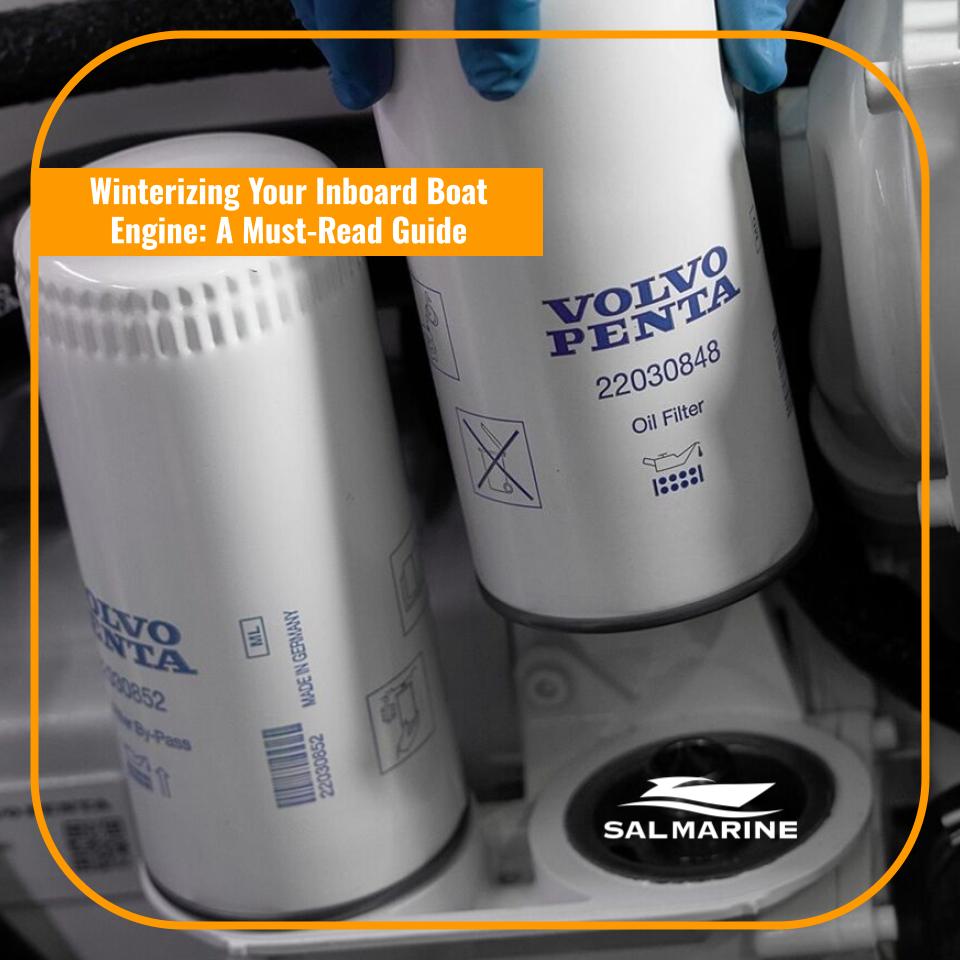
Winter is fast approaching, and for boat owners, it's time to start thinking about the essential task of winterizing your inboard boat engine. Failing to properly winterize your engine can lead to costly damage and repairs come springtime. In this comprehensive guide, we'll explore the importance of winterization and provide a step-by-step guide to ensure your inboard boat engine remains in pristine condition throughout the cold months.
The Importance of Winterization:
Winterization is the process of preparing your boat's engine and other critical systems for the harsh conditions of winter. The primary goal is to protect your investment and prevent damage that can result from freezing temperatures, ice, and other seasonal challenges. Failing to winterize your inboard boat engine can lead to various issues, such as:
-
Freeze Damage: Water left inside the engine block can expand when it freezes, causing cracks and other damage to the engine's internal components.
-
Corrosion: Without proper maintenance and protection, moisture and cold temperatures can accelerate corrosion on various engine parts.
-
Fuel Stabilization: Gasoline left in the fuel system can degrade and clog the system, resulting in poor performance and costly repairs.
-
Lubrication: Inadequate lubrication during the winter can cause long-term damage to your engine's moving parts.
Step-by-Step Guide to Winterizing Your Inboard Boat Engine:
Follow these steps to ensure your inboard boat engine is properly winterized and ready for the colder months:
Gather Your Supplies:
-
- Engine antifreeze
- Fogging oil
- Fuel stabilizer
- Engine and gear oil
- Water pump impeller kit (if needed)
- Basic tools (wrenches, screwdrivers, pliers)
- A bucket and hose
-
Start with a Clean Engine: Remove any dirt, debris, and grime from the engine, ensuring a clean surface for winterization.
-
Change the Oil: Drain the old engine oil and replace it with fresh oil. This helps prevent moisture buildup during the winter months.
-
Flush the Cooling System: Use a bucket and hose to flush the cooling system with fresh water to remove any remaining salt or debris.
-
Add Antifreeze: Replace the water in the cooling system with a suitable antifreeze that's safe for marine engines. Follow the manufacturer's instructions for mixing and adding the antifreeze.
-
Fog the Engine: While the engine is running, spray fogging oil into the air intake to protect internal components from corrosion.
-
Stabilize the Fuel: Add a fuel stabilizer to the fuel tank and run the engine to ensure the stabilizer is distributed throughout the fuel system.
-
Check the Water Pump: If your engine has a water pump impeller, inspect it for wear and replace it if necessary.
-
Grease Moving Parts: Lubricate all moving parts, such as throttle and shift cables, with marine grease to prevent corrosion and ensure smooth operation.
-
Remove the Battery: Store your boat's battery in a cool, dry place and keep it on a trickle charger to maintain its charge.
-
Cover and Protect: Cover your boat with a suitable, well-ventilated cover to protect it from the elements and potential moisture buildup.
Winterizing your inboard boat engine is a crucial maintenance task that should not be overlooked. Proper winterization will extend the life of your engine, prevent costly repairs, and ensure that your boat is ready for the next boating season. By following this step-by-step guide, you can confidently prepare your boat for winter and look forward to hitting the water again in the spring. Stay safe and enjoy your winter onshore, knowing your boat is well taken care of.


 to save as many parts lists for boats and engines as you want. It makes reordering and costing up jobs, quick and easy!
to save as many parts lists for boats and engines as you want. It makes reordering and costing up jobs, quick and easy! 
